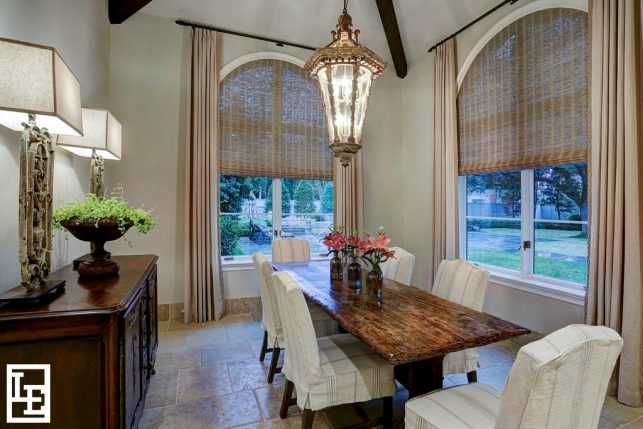
Ambient lighting, when combined with accent lighting, can make a practical space like this breakfast room space feel inviting and cozy.
As we near the end of our Elements and Principle series, we come to an element that is especially essential in interior design. Lighting, of course, is what allows us to see the spaces in which we live. How we approach lighting within a space is crucial – and affects how the viewer perceives the other elements and principles of design. Color and its influential power in design, for example, is particularly dependent upon the lighting within the space. Lighting is so critical in making an overall design successful that it’s not uncommon for people, including designers, to hire lighting specialists to navigate lighting challenges.
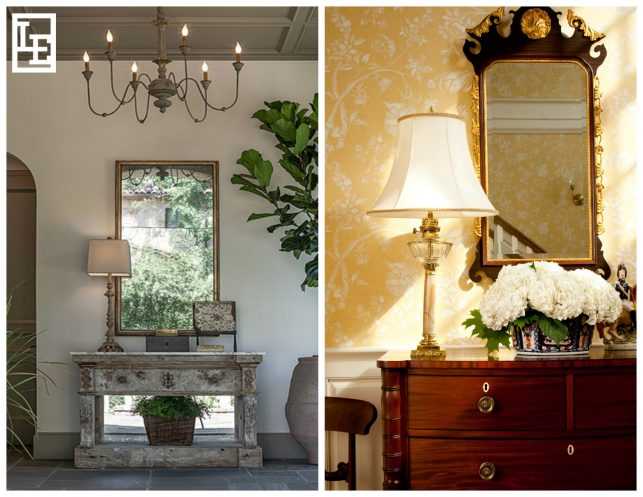
Natural light of course is the most pleasing to the human eye, and using mirrors in naturally well-list areas is an east way to fill the entire room with light.
Even though we don’t pretend to be experts on lighting, here a few rules that we have found helpful over the years. When planning a space’s lighting, it’s important keep in mind the 3 main types: ambient, task and accent. Ambient lighting is the most common, as its function is to illuminate an entire space evenly. Ambient light can be bright and artificial (think college lecture hall) or soft and subtle (think romantic candlelit restaurant). In interior design, natural light via windows and skylights is the most common form of ambient lighting, and is also the most pleasing to the human eye.
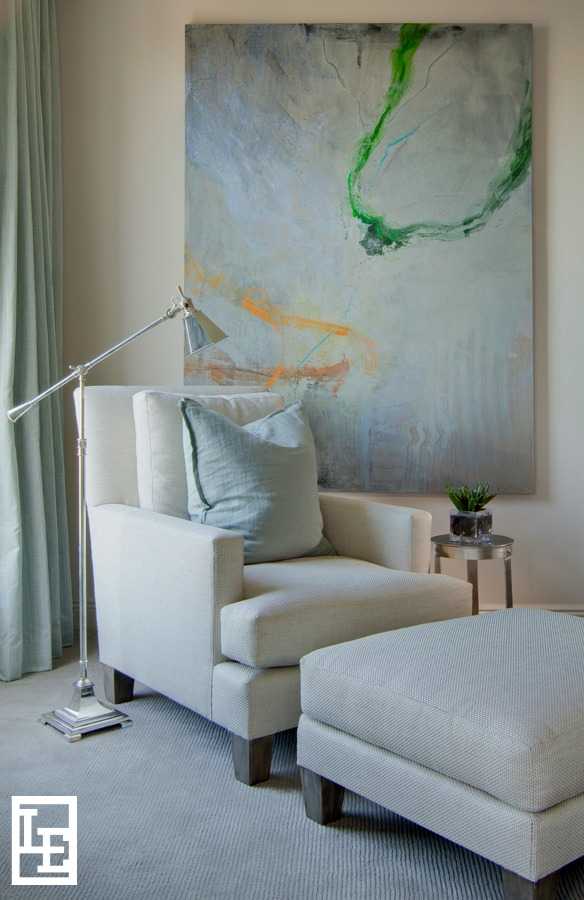
Task lighting is often used for reading.
Task lighting is another type of lighting and is used to illuminate a specific area. It’s important for interior designers to understand their clients’ needs and routines and to ask the right questions early in the design process. Do you read in bed? Do you watercolor at this desk? Do you read the newspaper in the living room every morning? These sorts of questions help designers think carefully about the most efficient and practical task lighting placement.
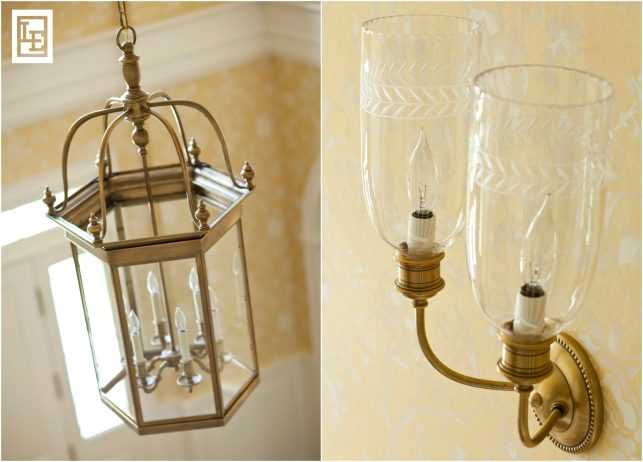
The last type of lighting is accent lighting. Accent lighting is primarily decorative and is not essential to the room’s overall illumination. Table lamps, sconces, and candles are examples of common accent lights. Studies have shown that people are drawn to brightness and tend to sit in positions that face illumination. Incorporating accent lighting into all areas of a room ensures that the view is pleasing to the human eye from any angle.
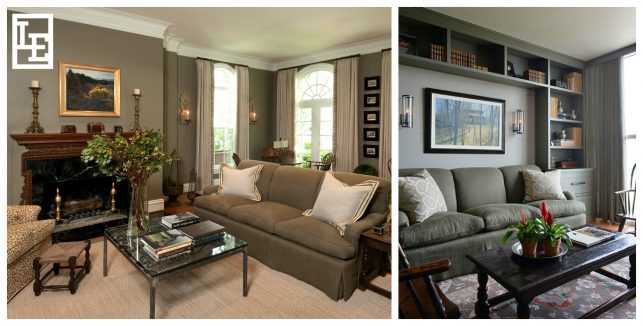
Accent lighting can accentuate a focal point, or create one.
Brightness can also work to focus our attention on a specific area. The higher the brightness contrast between the light and the surrounding area, the more our eye is drawn in. Knowing this, designers can use accent lighting to direct the viewer’s gaze around the room. In the images above, candle sticks and sconces balance and accentuate the artwork.
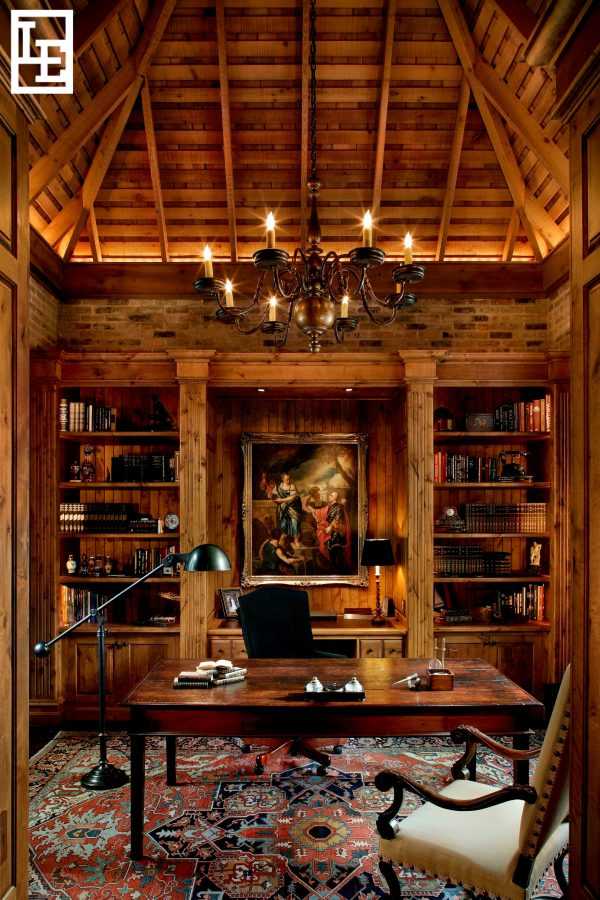
Creative lighting, even if subtle, can transform a space from drab to really exceptional.
Thoughtful placement and intensity of lighting can really create a specific feeling or mood. The study pictured above has ambient lighting in the chandelier, task lighting over the desk, and an accent lamp illuminating the artwork. Hidden light strips illuminate the ceiling, creating an overall soft glow to the space that compliments the warmth of the wood. By carefully placing ambient, task and accent lighting and adjusting intensity, interior designers can make a space both visually stunning and functional for everyday life.
“Light, God’s eldest daughter, is a principal beauty in a building.” -Thomas Fuller

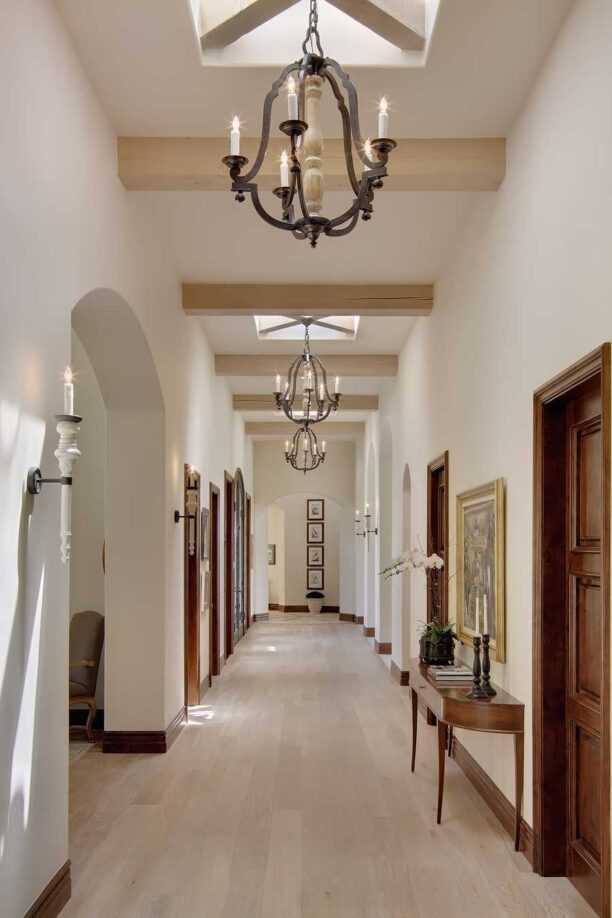


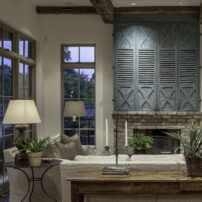

Educative